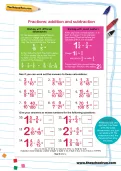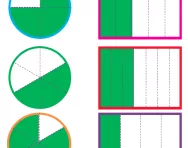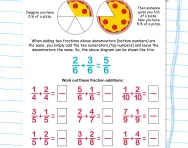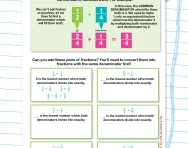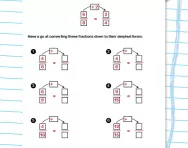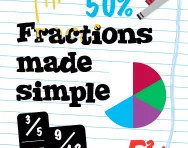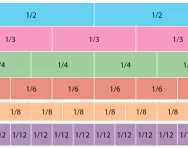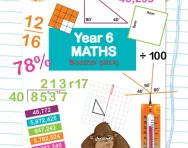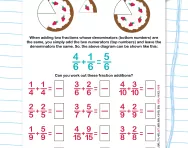Important update from TheSchoolRun
For the past 13 years, TheSchoolRun has been run by a small team of mums working from home, dedicated to providing quality educational resources to primary school parents. Unfortunately, rising supplier costs and falling revenue have made it impossible for us to continue operating, and we’ve had to make the difficult decision to close. The good news: We’ve arranged for another educational provider to take over many of our resources. These will be hosted on a new portal, where the content will be updated and expanded to support your child’s learning.
What this means for subscribers:
- Your subscription is still active, and for now, you can keep using the website as normal — just log in with your usual details to access all our articles and resources*.
- In a few months, all resources will move to the new portal. You’ll continue to have access there until your subscription ends. We’ll send you full details nearer the time.
- As a thank you for your support, we’ll also be sending you 16 primary school eBooks (worth £108.84) to download and keep.
A few changes to be aware of:
- The Learning Journey weekly email has ended, but your child’s plan will still be updated on your dashboard each Monday. Just log in to see the recommended worksheets.
- The 11+ weekly emails have now ended. We sent you all the remaining emails in the series at the end of March — please check your inbox (and spam folder) if you haven’t seen them. You can also follow the full programme here: 11+ Learning Journey.
If you have any questions, please contact us at [email protected]. Thank you for being part of our journey it’s been a privilege to support your family’s learning.
*If you need to reset your password, it will still work as usual. Please check your spam folder if the reset email doesn’t appear in your inbox.
Adding and subtracting fractions worksheet
How do you add and subtract fractions?
Adding and subtracting fractions in primary school typically involves several steps:
- Make the bottom numbers the same (denominators): you need to have the same kind of pieces to add or subtract them. Think of it like having different kinds of Lego blocks - you can't stack them up if they're different shapes!
- Find a common bottom number (denominator): if the bottom numbers (denominators) aren't the same, you need to find a number that both of them can turn into easily.
- Make the top numbers match (numerators): once you have the same kind of pieces (denominators), you need to make sure you have the same number of them. Imagine you have two piles of sweets, but one has more pieces than the other. You need to make them fair by adding or taking away some from each pile.
- Add or subtract the top numbers (numerators): now that you have the same kind and number of pieces, you can just add or subtract the numbers on the top (numerators). It's like counting all the sweets you have after making the piles equal.
- Make it simpler if you can: sometimes, the answer can be simplified to make it easier to understand.
What are some examples of adding and subtracting fractions?
Here is an example of adding fractions:
Addition: 1/3 + 2/3
Since the denominators are the same, you can directly add the numerators: 1 + 2 = 3/3
Here is an example of subtracting fractions:
Subtraction: 5/6 − 1/6
Again, since the denominators are the same, you can directly subtract the numerators: 5 − 1 = 4/6
Then you simplify the resulting fraction: 4/6 = 2/3
How will this worksheet help my child add and subtract fractions?
This maths worksheet provides your child with a comprehensive explanation of how to add and subtract fractions with different denominators and mixed numbers. They will then need to use what they've learned to answer the questions and check their answers (provided at the bottom).
